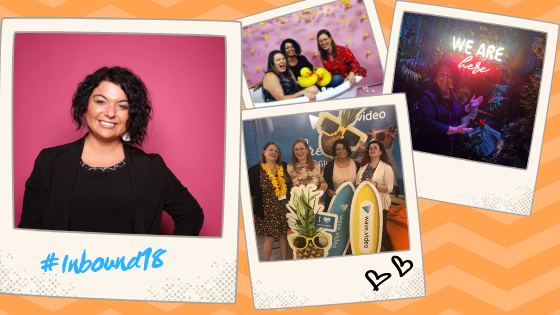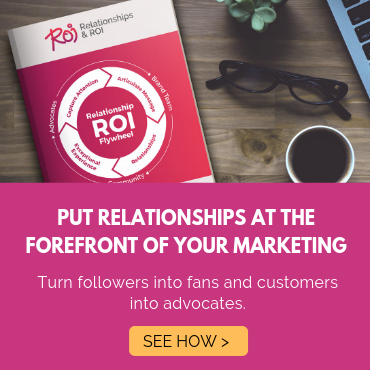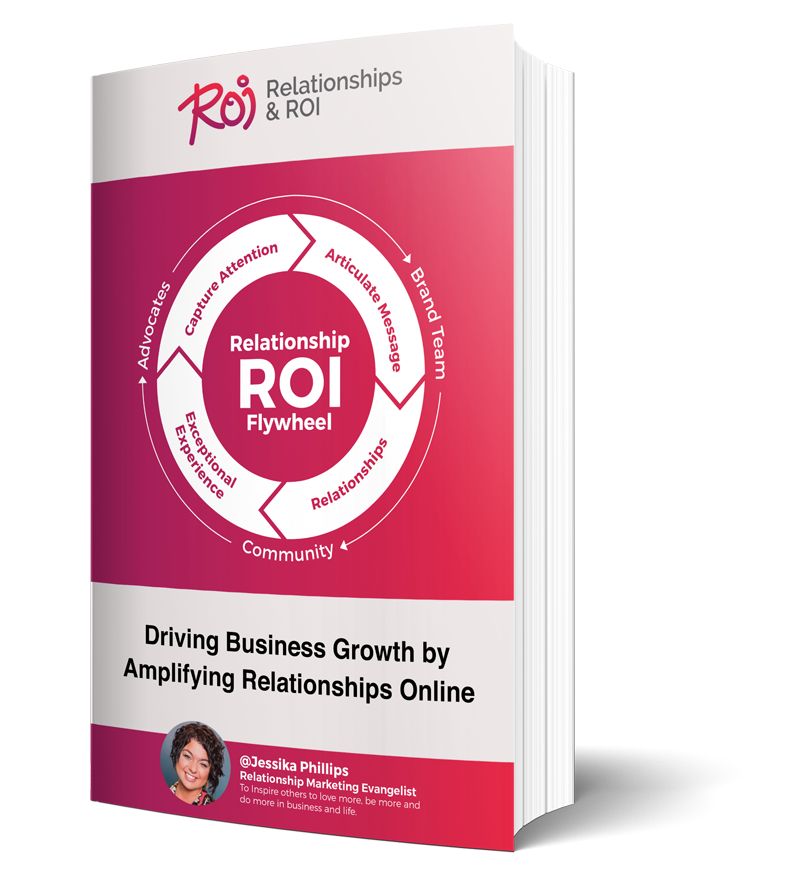What we learned this year at Inbound 2018
As always, Hubspot’s Inbound 2018 conference was non-stop, go-go-go! We learned so much while we were there, all about inbound marketing, relationship marketing, and the new tools we can take advantage of now through Hubspot.
It’s hard to sum up the week in one blog post, but we’ve done our best! Here are some of the top things we learned at Inbound 2018.
Earn attention – don’t steal it
Permission-based marketing is critical now. Potential customers expect to be given something of value before a company reaches out. So don’t reach out before they give you permission to. A whopping 80 percent of people will think less of a company if they are cold called.
Other interesting facts:
- 84 percent of people will skip television advertisements
- 82 percent of consumers rate an “immediate” response as important or very important when they have a marketing or sales question
- 88 percent of consumers want to build a relationship with a brand before purchasing from them.
The relationships you build with your audience start with your website! You need to build an experience for them online, the more personalized the experience, the better. Make sure all your content is in one spot- on your blog, landing pages, and website pages. Don’t make them search for the things they want to find.
Reduce friction and make it easy to do business with you
Word of mouth is so important in this day and age. More than 70 percent of people will tell others about their experiences online and on social media if they have a positive experience. The same is true if they have a bad experience. So make sure you reduce friction wherever you can and make it super easy for customers to do business with you.
To reduce friction points, have all the questions a potential customer may ask out available on your website and by answering questions on social media. Make it super easy to buy online, without people having to jump through hoops or contact you to get a product ordered. People nowadays are really independent and are comfortable navigating things themselves online, but can get frustrated if the process doesn’t make sense.
Additionally, use your best judgment and make choices that make the whole process easier, either for your customers as a whole or for individuals as they have unique needs and desires.
Social media helps you attract buyers. But you can’t only push sales. Aim to talk about yourself or the product only about 20 percent of the time. The majority of what you talk about should things you believe in.
Use your personas to build content, set your business goals, and then tie in your campaign to match personas needs and your goals.
Don’t block the exit! Make sure to make cancellations easy. The last thing you want to do is make a customer angry when they’re already not happy with the service they’re receiving.
If you make a mistake and screw up, own it. People don’t mind paying, but they sure do mind people played. And, close to 50 percent of people think marketers don’t care about their clients, which doesn’t mean good things for you. Nearly half of people don’t trust you! Don’t prove them right, prove them wrong. If a customer has a bad experience it’s our fault, not theirs.
Because word of mouth is going to be your largest influence, push out your testimonials and reviews more. To collect more, you can possibly add an incentive to get people to fill them out. This helps with SEO as well.
Another possibility is to add online booking. Nowadays, people want to do things themselves without having to call or email a person. They just want to be able to book a time that works with their schedule.
You should also add pricing on the website, even if it isn’t perfect or exact. People want to know what to expect from you. Be upfront and honest about your costs.
You can also add a questionnaire to find out what a client is interested in before directing them to the right spot. It also gives you an opportunity to gather info in a customer relationship management system.
Chatbots are in and they’re only going to get bigger
If you are adding a chatbot, the best practice is to under promise and over deliver. When they start the conversation, let them know that they are talking to a bot before anything else. A simple message like “I am a bot I will make mistakes, if I do I apologize” will work perfectly.
Be light with the conversation, but don’t overdo it and don’t try to be too clever. People are looking for answers and if they get a snarky vibe from the bot it’s worse than not having one at all.
Try to keep the bot’s conversations to about three to five interactions and then toss it to a real person. Have the bot say something like “a human will be in contact with you within 24 business hours.”
And, try to have a fail-safe in place if the conversation goes bad with the bot. This should ideally be someone who is paying attention who can step in if need be.
Make sure you have a well thought out strategy before launching. Figure out the most commonly asked questions and look at your most frequently visited pages. This can help you see and understand what people want to know.
Also, consider the areas where you are spending or wasting the most time and evaluate if that can be automated. Then, constantly tweak and experiment to make the experience better and your automation more helpful for you and the customer.
Tip: If you set the bot up to collect an email address, you can follow up with a workflow email later.
You guessed it, video is (still) big!
No surprise here, of course. Video continues to gain traction online, with people eight times more likely to stay on-page if they can watch a video. And, longer videos can drive more engagement.
When you’re monitoring how well your video strategy is doing, make sure to check all metrics not just plays. How long are people watching? How many social shares did you get? These are all metrics to pay attention to see if your videos are resonating with your audience.
Tip: You could see a 62 percent increase in email click-through-rate with video thumbnails
What’s new with Hubspot?
- Their content marketing system (CMS) is very interesting. It’s the only platform to have customer relationship management (CRM) and CMS integrated.
- They now have more than 200 third-party partners participating, including e-commerce solutions.
- Their system has a three-second load time and it comes with SSL and 99.999% uptime.
- Smart content allows you to show content that is relevant to the user if you have information on them. For example, If they filled out a form that said they like Alt’s Ultimate Pergola, you can show them more content up front about that.
- By having the CMS integrated into your website, it opens up a lot of opportunities to gather data.
- You can now do A/B testing, find out what people prefer, and slide in info from left/right.
- Video integration is now here!
- They have a new sales hub, a service hub, and you can get call recording with tasks!
- Read more here.
Did you attend Inbound 2018? What lessons did you take away for your business? Let us know!




Comments